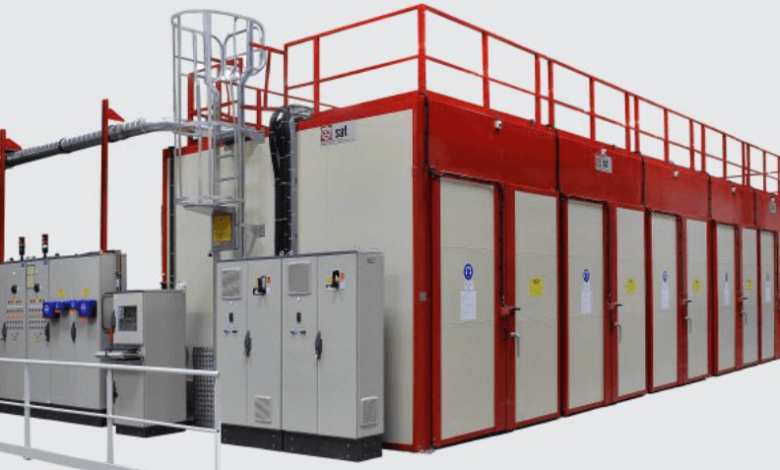Maintaining Accuracy and Consistency in Low Temperature Ovens: Best Practices for Calibration

In industries reliant on precise temperature control, such as materials testing and laboratory environments, the accuracy and consistency of low temperature ovens are paramount. Calibration ensures that these ovens perform within specified parameters, guaranteeing reliable results in experiments and tests.
Low temperature oven play a critical role in various applications, including the testing of aggregates, asphalt, concrete, and soils. They are also utilized in general laboratory settings for tasks like drying samples, aging materials, or conducting stability tests. However, even the most advanced ovens can experience drift or deviation from their intended temperature settings over time. Factors such as wear and tear, environmental conditions, or electrical fluctuations can impact the performance of these instruments. Calibration addresses these issues by verifying and adjusting the oven’s temperature settings to maintain accuracy and consistency.
Best Practices for Calibration of Low Temperature Ovens
- Frequency of Calibration: Establish a regular calibration schedule based on the manufacturer’s recommendations, industry standards, and the frequency of oven usage. Typically, low temperature ovens should undergo calibration at least once a year, but more frequent calibration may be necessary for critical applications.
- Use of Certified Standards: Utilize certified temperature standards, such as thermocouples or reference thermometers, with traceable calibration certificates. These standards serve as benchmarks for accuracy and allow for precise adjustments to the oven’s temperature settings.
- Calibration Procedure: Follow a standardized calibration procedure provided by the oven manufacturer or accredited calibration service. This procedure typically involves comparing the readings of the oven’s temperature controller with the readings from the certified standards at various temperature points.
- Documentation: Maintain comprehensive records of calibration activities, including the date of calibration, calibration results, adjustments made, and the identity of the personnel performing the calibration. Documentation is essential for quality assurance, audit compliance, and troubleshooting purposes.
- Validation and Verification: Conduct validation and verification tests following calibration to ensure that the oven consistently meets performance requirements. Validation involves confirming that the oven operates within specified parameters, while verification verifies the accuracy of temperature readings at different points within the oven.
Read also: Unlocking the details of your Emirates ID is a breeze with just two simple steps on your device
FAQs:
Q1. How often should low temperature ovens be calibrated?
A1. Low temperature ovens should typically undergo calibration at least once a year, although more frequent calibration may be necessary for critical applications or regulatory compliance.
Q2. Can I calibrate my low temperature oven in-house, or should I use an external calibration service?
A2. While in-house calibration is feasible for some organizations, using an external calibration service accredited to international standards provides assurance of impartiality, competence, and traceability to national or international measurement standards.
Q3. What are the consequences of not calibrating low temperature ovens regularly?
A3. Failure to calibrate low temperature ovens regularly can lead to inaccurate temperature control, resulting in unreliable test results, potential product defects, compromised safety, and regulatory non-compliance.
Conclusion:
In conclusion, maintaining accuracy and consistency in low temperature ovens is essential for ensuring the reliability of testing processes in various industries. Calibration emerges as the cornerstone of achieving this objective, offering a systematic approach to verify and adjust temperature settings to uphold precision and reliability. For organizations seeking high-quality materials testing equipment, including low temperature ovens, certifiedmtp.com stands as a trusted provider, offering a comprehensive range of products and unparalleled customer support.
By adhering to best practices for calibration and leveraging certified standards and procedures, organizations can optimize the performance of their low temperature ovens, thereby enhancing the quality and integrity of their testing procedures.




